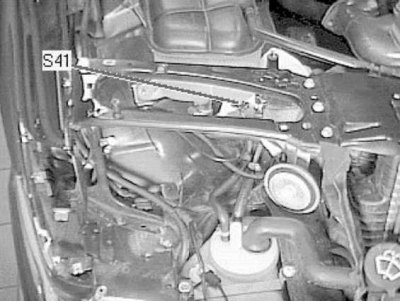Note. See also Section Checking the functioning of the cooling system and frost resistance of the coolant, changing the fluid in Chapter Current service
Attention! Do not allow antifreeze to come into contact with exposed areas of the body and painted surfaces of the car.
Wash off accidental splashes with plenty of water without delay.
Remember that antifreeze is a highly toxic liquid and getting it into the body, even in small quantities, is fraught with the most serious consequences, even death.
Never leave antifreeze stored in a loosely closed container, immediately collect spilled coolant on the floor.
Remember that the sweet smell of antifreeze can attract the attention of children and animals.
Consult with local authorities about ways to dispose of used coolant - in many regions of the world there are special points for receiving various kinds of waste.
Never drain old coolant down the drain and onto the ground!
Warning! Drained coolant must not be reused. The coolant is poisonous and must not be disposed of with household waste.

The coolant level switch is located at the bottom of the expansion tank on the right side of the engine compartment
The coolant must be replaced when the cooling system is overhauled, in which the coolant is drained. In the event that the repair replaces the cylinder head, cylinder block, cylinder head gasket, radiator, heat exchanger or engine, the coolant must be replaced with a new one. During circulation, anti-corrosion additives are deposited on new light metal parts and thus form a durable anti-corrosion layer. The anti-corrosion additive in the used coolant is usually no longer sufficient to form a sufficient protective layer on new parts.
Description of fluid replacement procedures is given in Chapter Current service.
